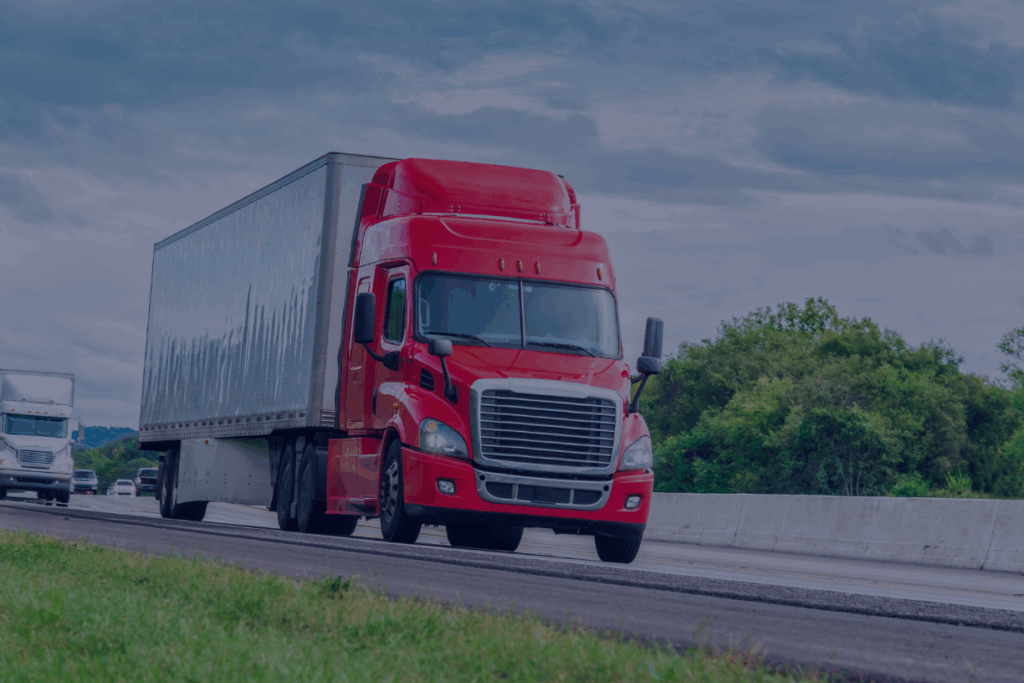If you’re comparing factoring offers, you’ve probably seen numbers from 1.5% to 4% and a handful of fees you’ve never heard of. This guide demystifies the pricing so you can compare apples to apples and pick a partner that truly improves your cash flow.
The three pieces of a factoring rate
Risk – New carriers, limited volume, and certain lanes/brokers carry more risk. Non-recourse pricing will typically be higher because the factor assumes more of that risk.
Volume & term – More monthly invoice volume and a longer contract usually bring the rate down.
Service level – Same-day approval/payout, credit services, and hands-on support are part of what you’re buying.
A fair rate balances these without hiding surprise fees.
Common fees (what they mean and when they’re worth it)
ACH/Wire fee: How the money gets to you. Wires cost more but hit faster; with Digital Wallet you can often skip wire costs and still get funds instantly.
Fuel advance fee: A small fee for advancing a portion of the invoice at pickup. If it keeps you rolling, it often pays for itself.
Minimum monthly volume: Some factors charge if you don’t hit a floor. Ask if it applies to startups—many partners waive it early on.
Notification or invoice upload fees: These should be included. If you’re paying to upload or email an invoice, that’s a red flag.
Early termination/buyout: Understand this clearly; if you outgrow the program, you need a clean exit path.
“Headline rate” vs. “real cost”
Imagine a $2,500 invoice:
Offer A: 2.00% + $30 wire = $50 rate + $30 = $80 total cost
Offer B: 2.25% with free Digital Wallet payout = $56.25 total cost
Offer B actually costs less and pays faster. The cheapest headline percent doesn’t always win—the payout method matters.
Recourse vs. non-recourse (for new carriers)
Recourse generally costs less because you’ll buy back or replace invoices that go bad beyond a certain day. With solid credit checks and good paperwork, many startups do well with recourse to keep rates low.
Non-recourse can protect you from debtor insolvency (varies by contract), but it’s not a blanket protection from paperwork disputes. Ask precisely what’s covered.
How to get the best rate as a new authority
Show your process: Clean, consistent invoice packets and POD capture with the Mobile App reduce risk.
Use the Client Portal: Visibility into statuses and fewer re-factors lower everyone’s workload.
Pair a Fuel Card: Fuel discounts + factoring = lower total cost per mile, which can justify a better rate.
Start with a short term and review: After 90–120 days of on-time performance, ask for a step-down.
A quick comparison checklist
Rate (%) at your expected monthly volume
Fees (ACH, wire, fuel advance, minimums)
Payout speed and method (Wallet vs. ACH vs. wire)
Recourse terms and reserve management
Tools (credit checks, portal, app) and real human support
Bottom line: Don’t chase the lowest percent—optimize for net cash, speed, and support. A transparent program with instant payouts through Digital Wallet and savings via Fuel Card will beat a “cheap” rate that nickel-and-dimes you.
Want a side-by-side of your invoices under Trucking Partners? Get a custom quote and see your net deposit before you sign.

